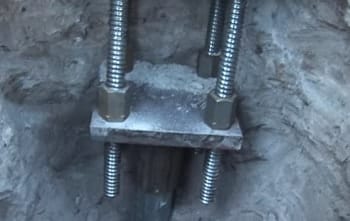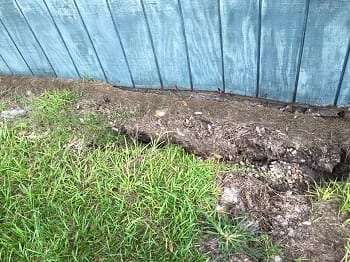Foundation Movement
UNDERSTANDING THE CAUSES OF A SETTLING & SHIFTING FOUNDATION IN YOUR FLORIDA HOME
No matter the age of your home, there is a possibility that the foundation has settled or shifted. There are many causes of foundation settlement, some natural, some not. Just as there are many causes, there are many signs that your foundation may suffer from some sort of movement. Some common foundation movement signs to watch out for are:
- Foundation cracks
- Windows or doors that stick
- Wall cracks
- Bowing or leaning foundation walls
- Floor cracks
- Gaps around doors or windows
- Separated siding
- Chimney pulling away from home
- Water pooling around foundation
If you notice any of these symptoms in your home, it could be a sign that your foundation has started to shift or move. A settling or shifting foundation can be caused in multiple ways. If soil is not well-compacted when a home is built, it will easily experience settling. Sometimes, foundation settlement and shifting are natural. Over time, the soils beneath a home compact and expand with changes in temperature and saturation. The more this happens, the weaker soils become.
If temperatures or saturation change very quickly, it is even harder on the soil. If the soils around your home are extremely saturated, they will lead to hydrostatic pressure on your foundation, causing it to shift, settle, or crack. Roots from trees or shrubs planted close to your home can also push against your foundation, causing shifting and crack formation or concrete heaving. All of these can cause problems for your home, but if you catch them early, the damage can be limited.
Foundation Movement Repair Options


